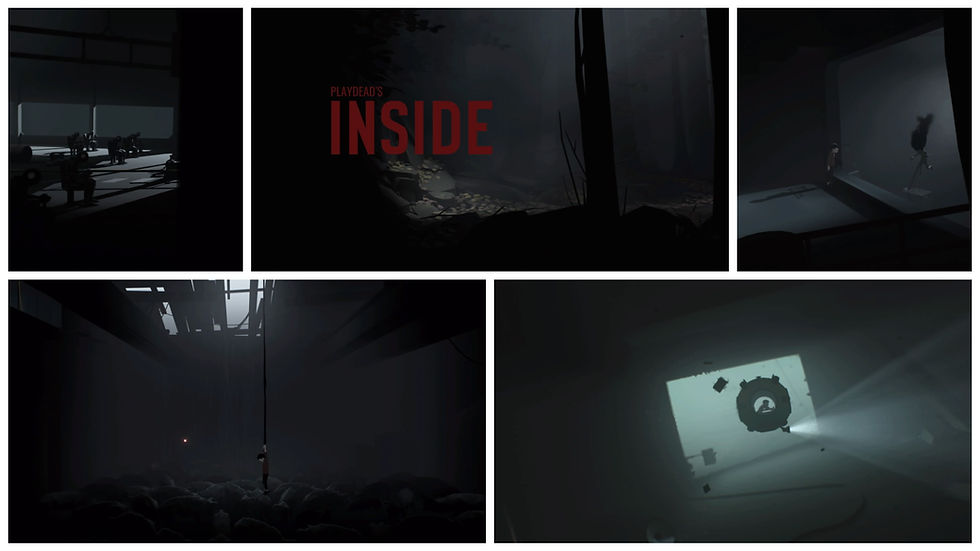Collecting My Thought on Inside—A Perfect Economy of Mechanics
- Tzar Leonardi
- Jun 9, 2018
- 2 min read
Updated: Oct 28, 2021

If I were to claim any game as one I regret not being a part of, it would be Inside. This game is a paragon of what I have lobbied fellow game developers to work with me to strive for. Arnt Jensen and the whole of Playdead deserve all the kudos I can give and then some. They have made me yearn to be a Dane even more than when Caroline Wozniacki at long last lifted her trophy at Rod Laver this summer.
Inside is visually flawless and aurally triumphant (keep an ear open for the point where the protagonist climbs a ladder as he avoids a lethal blast). Saying that, the most impressive part of the game is the economical use of mechanics. Nothing is excess. Each mechanic is a brushstroke painting a grave world where a boy, tormented by a turmoil of fear, curiosity and humanity, is innately driven towards things he sees on the other side of glass barriers—which notably for everyone else are demarcations of safe observation. This motif is much like a player’s persistence to always move forward in a game in spite, or perhaps because, of peril; and it is with this parallel that Inside bonds the player to its protagonist in the subtlest yet sincerest of manners. It is a marvel to experience.
Through and through a masterpiece, Inside transcends its medium and deserves to be in conversations with other great works outside of video games. Playing it has reignited hope in me for what I am trying to achieve with my life’s work; I can only dream more like it will come my way. And lastly if you, reading this, are in any way associated with Playdead, don’t be a stranger. Send your boy a text.
#FashionablyLateBy Eight years.
#FavouriteMechanic Sophie chooses mind-linkception.
#FavouriteHair Swimming Sadakos.
#Nudity More and more (and more baby!) with progress.




Comments